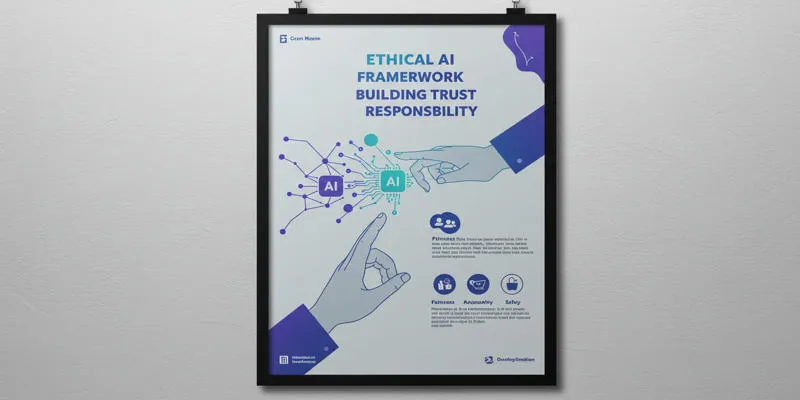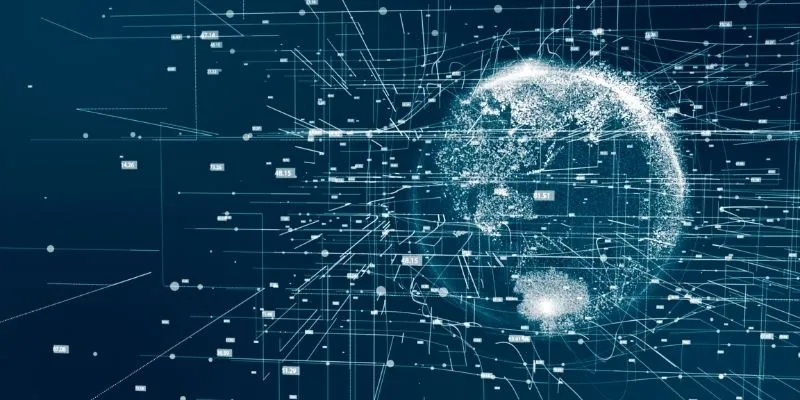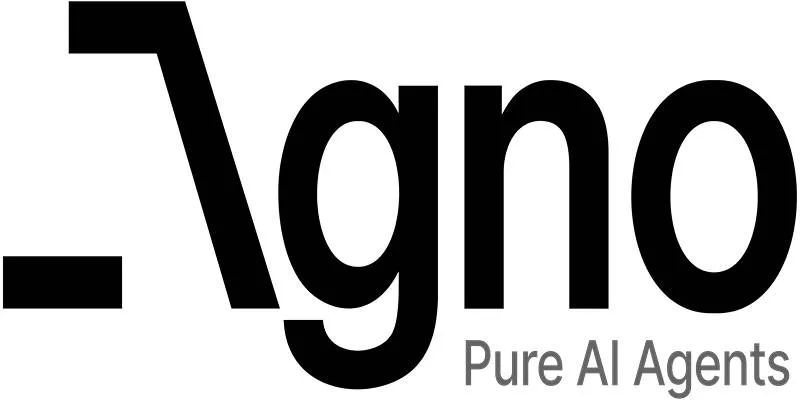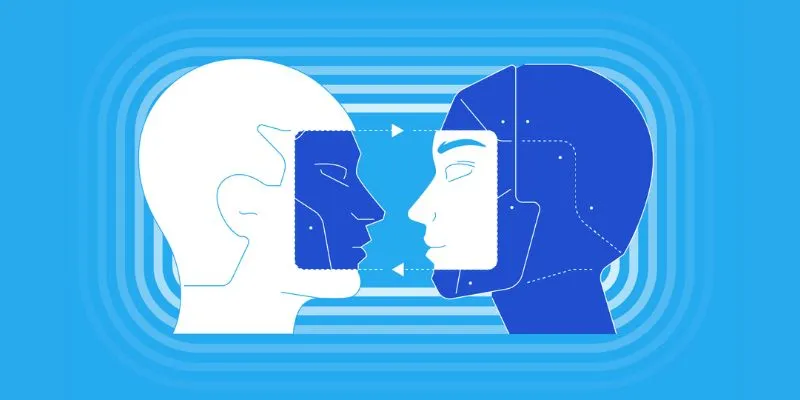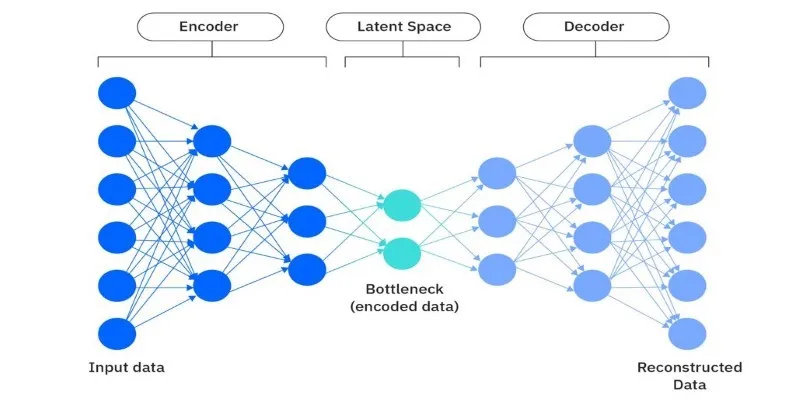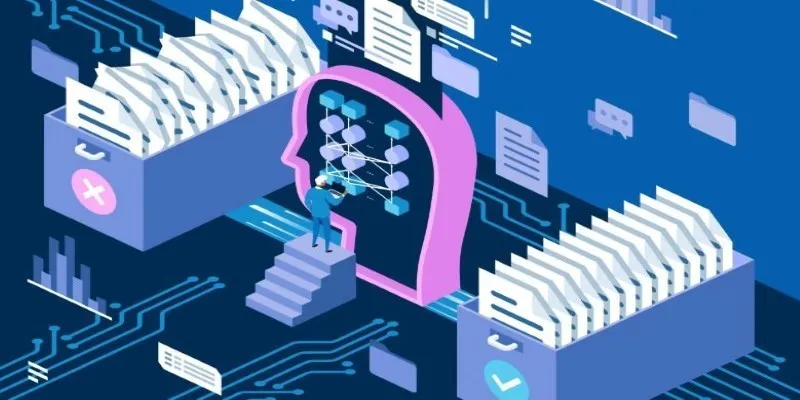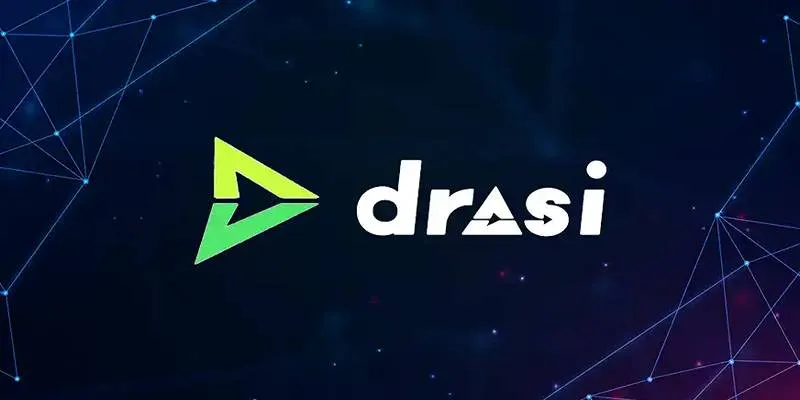Every March, millions of fans try their luck at predicting the NCAA tournament bracket. Yet, most brackets crumble by the second round due to upsets, buzzer-beaters, and unexpected flukes. March Madness is notoriously tough to forecast. Enter artificial intelligence (AI), which steps in—not just to guess, but to calculate.
The Rise of AI in March Madness Predictions
Over recent years, March Madness AI predictions have gained traction. Instead of relying on gut feelings or historical hunches, fans and analysts are turning to algorithms. But can AI truly outsmart the madness?
How AI Models Build NCAA Bracket Predictions
AI doesn’t watch games or listen to locker-room chatter; it processes vast amounts of data. Most bracket models leveraging AI are trained on decades of tournament data, including seed histories, player statistics, and more. This machine learning approach allows the AI to learn from the data.

The most effective models use supervised learning techniques, analyzing historical tournament outcomes. Techniques like logistic regression and gradient boosting are common, with deep learning making its way into advanced systems. These models often include real-time updates, adjusting calculations based on current injuries and team momentum.
What AI Gets Right—and Where It Falls Short
One advantage of March Madness AI predictions is consistency. AI views matchups objectively, often identifying smart upsets and ignoring hype. Recent tournaments have seen AI-powered brackets correctly flagging underdog victories overlooked by fans.
AI’s adaptability is another strength. It learns from evolving patterns, such as the rise of mid-majors or shifts in gameplay like three-point shooting. Despite this, the unpredictable nature of March Madness poses challenges for AI. Random events like unexpected injuries or standout performances can confound even the best models.
How Fans Are Using AI Tools to Shape Their Brackets
AI-generated bracket tools have become popular among fans. These platforms simulate the tournament thousands of times, providing win probabilities, upset alerts, and risk-reward analysis based on seeding.

Some fans use AI as a tie-breaker, while others trust it for sleeper picks. Hybrid strategies are also emerging, blending data-driven insights with personal preferences.
Future of AI in NCAA Predictions
As AI technology advances, its role in NCAA bracket forecasting will expand. Enhanced data from player tracking and in-game analytics can enrich AI models. Tools like computer vision are beginning to capture real-time player movements, which may push AI predictions beyond traditional metrics.
In the future, NCAA tournament simulations could become more dynamic, reacting to live game events and player trends. While AI tools may become more accessible, randomness will always be a part of March Madness. Even if AI nears forecasting perfection, the tournament’s unpredictability remains its charm.
Conclusion
AI is reshaping how we approach NCAA brackets, identifying patterns that humans might miss and maintaining objectivity. However, March Madness thrives on chaos, and no model can fully predict it. While AI predictions become sharper each year, they are not crystal balls. The unpredictability of March Madness is what keeps fans watching and guessing, ensuring the madness continues to captivate audiences.
 zfn9
zfn9





